Star-Spangled Banner
O say can you see, by the dawn's early light,
What so proudly we hailed at the twilight's last gleaming,
Whose broad stripes and bright stars through the perilous fight,
O'er the ramparts we watched, were so gallantly streaming?
And the rockets' red glare, the bombs bursting in air,
Gave proof through the night that our flag was still there;
O say does that star-spangled banner yet wave
O'er the land of the free and the home of the brave?
Frances Scott Key, September 1814
Counting from the signing of the Declaration of Independence in 1776, our dear U.S.A. is 241 years young today! Happy Birthday, America!
Of all the stories we could choose to share regarding the celebration of our Independence, one of the most fascinating yet lesser-known stories is how the Star-Spangled Banner, which we all sing on the 4th of July, came to be.
The Star-Spangled Banner has been our national anthem since Congress officially approved its status in 1931. However, considerably predating Congressional action, it became famous as a song and was sung by patriots as early as November, 1814. Whereas most of us know the song’s lyrics were written by Francis Scott Key during the British bombardment of Fort McHenry during the War of 1812, it is the details of how he wrote the poem that make the story fascinating. Key, a lawyer, and an associate named John Skinner, both of Washington, DC, had traveled to the British warship, HMS Tonnant, anchored in Chesapeake Bay. A prisoner, William Beanes, was being held aboard ship and Key and Skinner were attempting to negotiate his release. The British agreed to release Beanes, however, fearing the three would reveal the British's battle plans, they were detained until the completion of the bombardment which began Sept. 13, 1814. When the bombing stopped the morning of the 14th, Key, having witnessed the bombardment from the British warship's deck and observing the stars and stripes still "gallantly streaming" above the fort, penned most of a poem about his observations and feelings during the night, completing it after his release that evening.
The following morning, it was posted as a handbill in Baltimore. Ferdinand Durang, an actor, put it to the tune of an old English drinking song, To Anacreon in Heaven; by November the song had been published in newspapers and was becoming widely known. Take time to read all four stanzas of the poem; it is as inspiring now as it must have been then. Consider also taking the time to visit the National Park Service’s Fort McHenry National Monument and Historic Shrine; it is one of the most interesting and historically rich places we can think of that is directly linked to our nation’s independence.
Happy Birthday, America!

